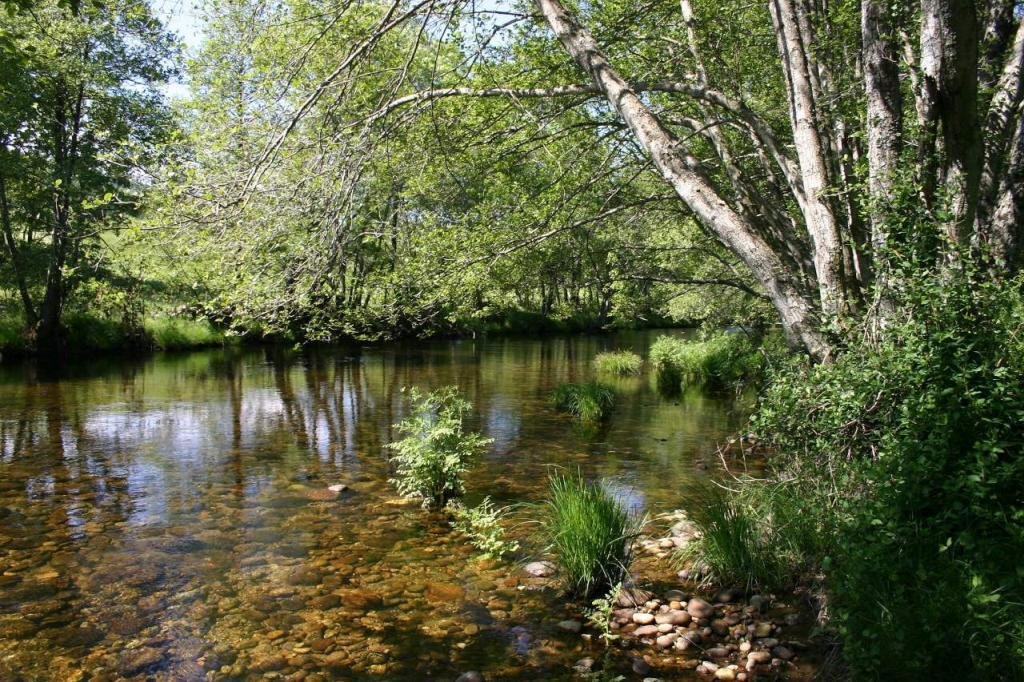- Region: Castilla y Leon
- Province: Ávila
- Declared a Regional Park: 1996
- Park surface area: 86,236 hectares.
- Z.E.P.A -Special Bird Protection Zone
- Local towns and villages El Arenal, Arenas de San Pedro, Bohoyo, Candeleda, La Carrera, Cuevas del Valle, Gilgarcía, Guisando, El Hornillo, Hoyos del Collado, Hoyos del Espino, Los Llanos de Tormes, Mombeltrán, Nava del Barco, Navalonguilla, Navalperal de Tormes, Navarredonda de Gredos, Navatejares, Puerto Castilla, Santiago de Tormes, San Juan de Gredos, San Martín del Pimpollar, Solana de Ávila, Tormellas, Umbrías, Villarejo del Valle, Zapardiel de la Ribera and San Esteban del Valle.
Points of interest
The Sierra de Gredos Regional Park is situated in the southern part of the province of Ávila and encompasses the highest altitudes of the mountains. The highest point of the Sierra de Gredos and also central Spain is the Pico Almanzor at 2,592 metres.
The Sistema Central mountain chain, predominately of granite rock, cuts east to west from Madrid province to Portugal. The Sierra de Gredos is a part of this formation which stretches for nearly 140km running through the provinces of Madrid, Ávila, Salamanca, Toledo and Cáceres.
This once glaciated region has been gradually eroded and molded by the action of ice and water. At lower altitudes deciduous and evergreen forests move up to slopes covered in broom, to alpine meadows and higher still to exposed rock which grows lime coloured lichens, often snow covered. The range of habitat types covers alpine meadows, glacial cirques, glacial lake, moraines, rocky crags, river gorges and sub tropical slopes.
The area has also become famous as a starlight destination. The Starlight Foundation is a non-profit organization that was founded in 2009 to promote the protection of the night sky and the development of “astrotourism” and there is an ever growing list of starlight destinations in Spain to visit.
Find a hotel in the Sierra de Gredos Regional Park
[booking_product_helper shortname=”sierra de gredos regional park”]
I’ve been living in this lovely area of Western Andalucia for the last 20 years or so and dedicate most of my time to the running of English language tourist information websites for the towns of Cádiz, Ronda, Grazalema, the famous or infamous Caminito del Rey, and also Wildside Holidays, which promotes sustainable and eco-friendly businesses running wildlife and walking holidays in Spain. My articles contain affiliate links that will help you reserve a hotel, bus, train or activity in the area. You don’t pay more, but by using them you do support this website. Thankyou!



